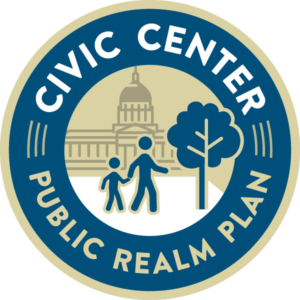“In the fifties this kind of architecture and everything was derided; it was hierarchical, un-American…and even in the seventies and eighties, some of that remained and the sort of modernist tinge, people didn’t know what to make of any of this nor did they understand how it came about or what the precepts behind it were. And I think some just thought it was an exercise in grandiosity. But it wasn’t!
It has a whole philosophy. Whether you buy into it or not, or you think it’s kind of quaint, it was an effort at building a more stable and solid community and integrating people into the City by giving them a public palace. That role still exists today. 8,000 people a year get married in there [City Hall]. And nobody I know, I think, feels uncomfortable about going in there. And they get in there and they see all this architecture and they’re enchanted by it and it’s theirs…There are other places in the country that started civic centers but they abandoned the early rules and built forty story office buildings and other kind of things. We keep those rules.”
“It’s such a unique thing, certainly in the City, but among all the cities in the country. There’s no other place like this. The only equivalent is the Federal Triangle in Washington, which was built by the Federal Government…This whole thing is a statement from long ago of what people at that time, at least the opinion makers, thought the City should be. It should be almost equivalent to a state capitol. It’s a big deal! So having it here; it’s not going away.
We should try to make something of it in the spirit of the past but make it useful for the present and the future.
“I’m 74 and I figure, I hope, I have another five or six years. There are still a lot of things to do. And I’m hopeful in the time I have left we can get most of those done.”










